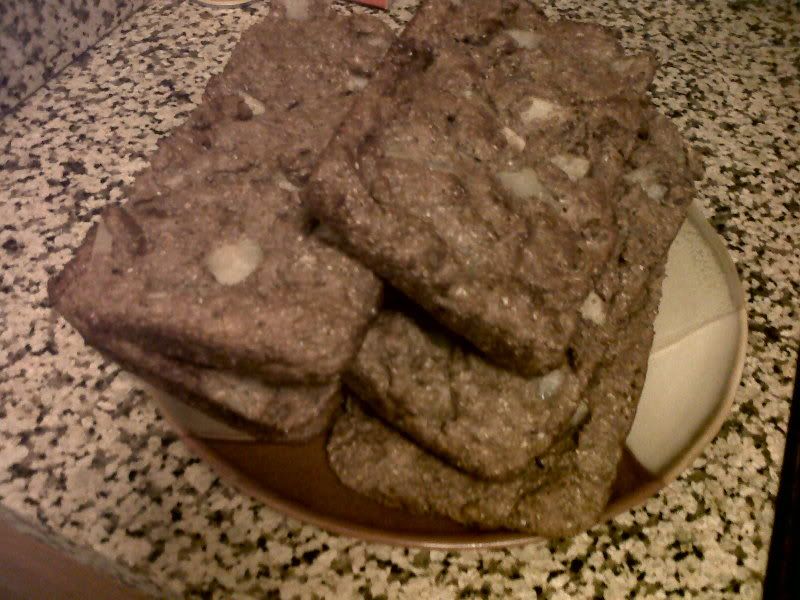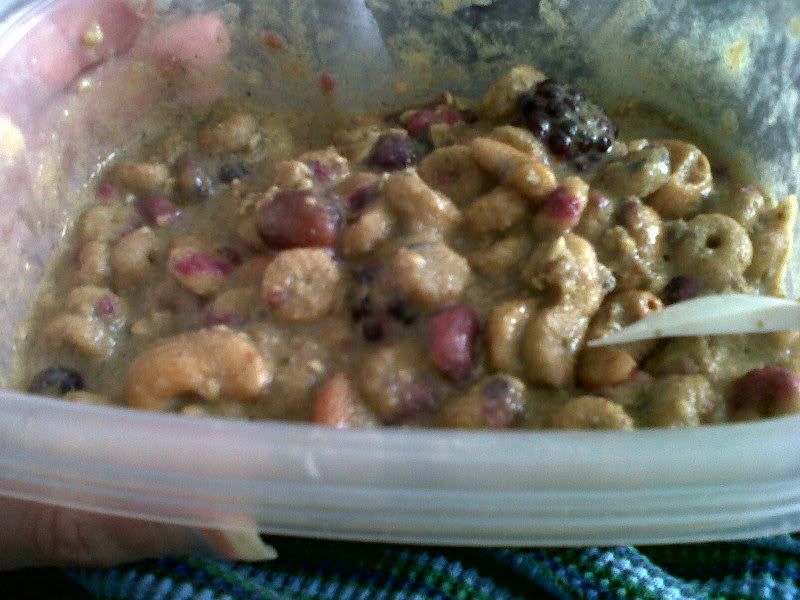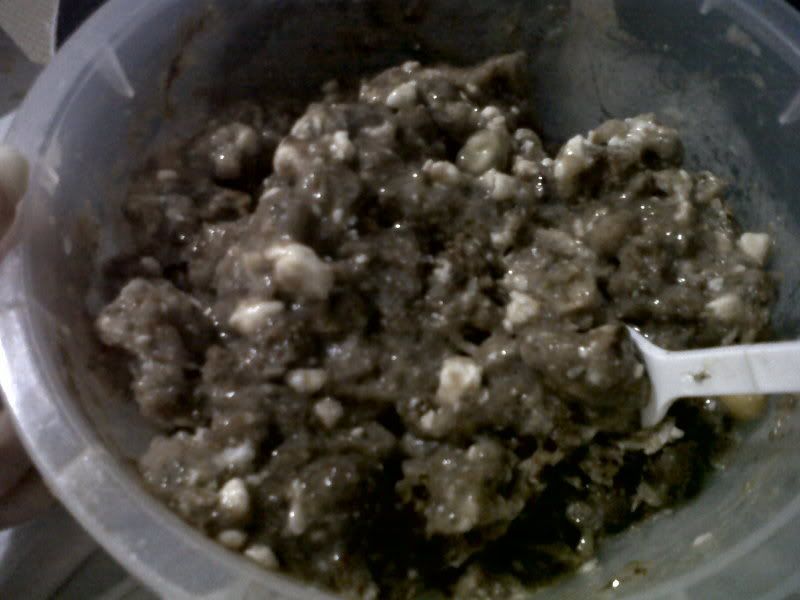This is something I have never been good at, and is a trait or ability I admire. I am hardly an eternal optimist or an "everything happens for a reason" type of person. At least not until long after the fact.
I mentioned in the last post that I had had an eating disorder. I won't go into too much detail now because it's not really the point, and because I wrote a memoir about it in 2001 that has more info than is worth writing here. It's 20 pages, but I urge you to check it out, especially if you have or work with people who have aqn eating disorder.
http://freepdfhosting.com/21ce2b49d4.pdf
The cliffs: I was anorexic, binge purge subtype, was vomiting multiple times a day, many times with blood, running 18 miles a day, but couldn't stop. I was forced into treatment once, over 10 years ago, but relapsed right after. First, I had liposuction on my self-perceived "love handles," something I never admit to anyone or even think about. My very well-meaning parents agreed to my begging because they thought that it would help me like my body more, which would make me eat. Sort of like when they got me an elliptical for my bedroom, thinking that working out would force me to eat. I was still underweight when I had the lipo.
Part of the relapse was that I never learned coping mechanisms (my program primarily focused on medical stability and calories, but I've never been good at therapy anyway, so while I think there needs to be a dramatic change to eating disorder programs, I am not sure it would have helped me), nor did I learn how to maintain my weight. I had gone over the summer and refused to miss any school, so I left early, before I was even on maintenance cals. As well, I left being skinny-fat, a concept I will make a future post about.
I was doing endless cardio and was still binging/purging. I don't remember when I really decided I wanted and needed to change. I wanted to do it on my own, and started by just buying time between binges. I'd say, "I don't have to do it now because I can do it later," and then would say the same thing later. I would buy more and more time between binges and start anew every time. Saying I would never binge again was too overwhelming and that in itself would spark a binge. It was a really slow process, but I somehow got there. I also took semi unusual measures. The enamel on my teeth was gone, so I got veneers, which helped for a bit because of the sheer cost. I also got my tongue pierced and a tattoo on my stomach, again, as a way to buy time.
It's all sort of a blur now and was over 10 years ago, but that's the short of it. As I said, I'd be happy to discuss it further, as it is in the past and while it does not define me, it has played a major role in shaping who I've become. I also know many people can relate and are either sick now or are in various stages of recovery.
While I was recovering, I started lifting weights. That pretty much saved my life. For the first time I could see food as fuel, something that still helps me to this day, and probably always will. It allows me to eat, feel good about it, and want to nourish my body. I felt like it would be a waste of a workout if I didn't fuel properly. If I were to recover, which included weight restoration, I was determined not to be skinny-fat. I liked the shape I was getting from lifting and building muscle. And I found that I really enjoyed lifting. With cardio, even though I did and do enjoy it (in moderation now), I could all too easily focus on burning calories. I didn't do that with lifting. Lifting also allowed me to get into a zone and totally focus on it and nothing else. No negative emotions or thoughts. It provides a feeling of bliss, as well as improves my body image.
That was a bit of a tangent, but provides a wee bit of my background.
In my experience, there are three types of people with eating disorders: Those who know nothing about nutrition, those who can rattle off the calorie info of most foods, and those who go a bit deeper and read everything and anything about nutrition. I definitely fall into that third group. It makes sense since focusing on food (and my weight and all sorts of numbers) was my whole life. I wanted to glean as much information as I could, and not just about calories and macros of foods, both during my years with the disorder, and following, including now. Nutrition and wellness have become my biggest passions.
Armed with that information, and once I found the power of lifting and how it really was the impetus for my recovery (and thus went on to become a certified personal trainer, even before I knew I wanted to train others. I wanted it for my own edification), I knew I wanted to help others, with or without eating disorders. I felt like I had discovered this secret that I wanted to share with everyone. Hence my desire to become a wellness coach and impart all the knowledge I have learned and continue to learn daily.
So I finally felt like there was a reason for my eating disorder. I found the silver lining. It was the calling for my career path and helping others. It made me knowledgeable, relateable, empathetic, and passionate.
Dr. Jack Barnathan (of NY Strength), my mentor and one of the most inspiring and knowledgeable people I know, said people who have gone through such things have a light behind their eyes and just get it. We just get it.
Turning lemons into lemonade can be quite difficult, and it might take time to figure out the meaning behind and good in things, but just keep looking, be patient, hang in, and fake it till you make it.
randi morse, randi.morse@gmail.com, newton, ma













